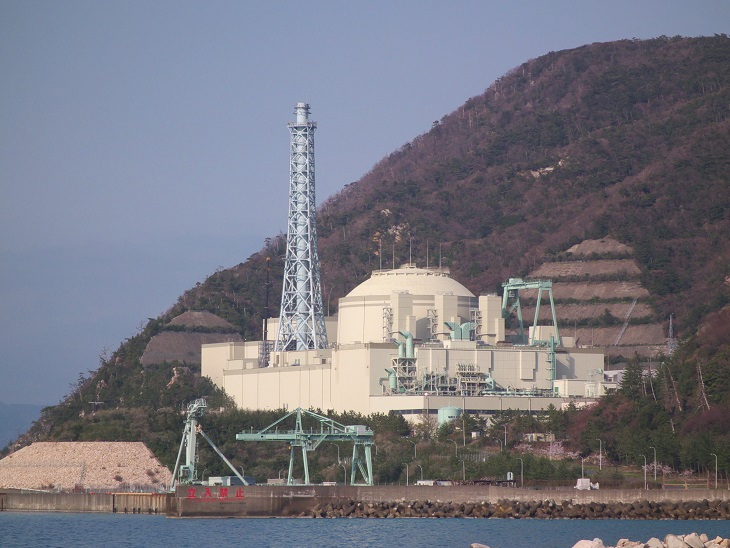Monju is the name of a sodium-cooled fast breeder reactor located at the Tsuruga Nuclear Power Plant in the Fukui Prefecture of Japan. Monju uses mixed oxide fuel (MOX) that is a combination of uranium and plutonium. It has three coolant loops and is capable of producing two hundred and eighty megawatts. Construction began in 1986 and first criticality was achieved in 1994.
Monju has a breeding ratio of 1.2. This means that as the fuel is burned, more fissile atoms are produced than are consumed. In other words, this is what is called a breeder reactor because it "breeds" or make more fuel than it consumes.
There was a fire in late 1995 caused by a sodium leak which shut down the reactor. After the fire, there was a scandal because the operators did not accurately report the scope of the fire and damage. The resulting controversy and public outrage delayed restarting the reactor. In 2000, the Japan Atomic Energy Agency (JAEA) announced that they were going to restart Monju. Public resistance led to major battles in Japanese courts. Finally, in 2005, the Japanese Supreme Court overruled a lower court ruling and authorized the restart of Monju.
The fuel had to be replaced because of radioactive decay. Monju was scheduled to restart in 2009 but the restart was delayed because holes were found in an auxiliary building. Finally, the reactor was tested and resumed operations in May of 2010. During a routine fuel replacement operation in August of 2010, a three ton fuel transfer machine was accidentally dropped into the reactor vessel. It took until June of 2011 to pull the dropped machine back out of the reactor vessel. Restarting the reactor was delayed until mid-2012 due in part to the Fukushima nuclear disaster in March of 2011. In June of 2012, there was a problem with the heater for molten sodium in a secondary coolant loop but it was not considered a major problem and was not made public until much later.
The Japanese Nuclear Regulatory Agency in a 2013 series of safety inspections discovered that thousands of pieces of equipment at Monju had not been properly inspected. Safety inspections in 2014 revealed more equipment that had not been inspected. In 2015, it was discovered that the mandated assessments of degradation in the thickness of sodium pipes had not been carried out since 2007. All of these problems delayed restart of Monju for testing and operation.
There have calls for Monju to be permanently shut down but the Japanese ministry that oversees Monju is opposed to that option. In November of 2015, Japan's NRA demanded that the JAEA be replaced as operator of Monju within six months or that the reactor be decommissioned. By this time, Monju had been operational and produce power for less than one year by twenty years after its construction. To date, Monju has cost close to ten billion dollars.
There has been a great deal of research and development in other countries on sodium-cooled fast breeder reactors for decades but this technology is very complex and has not been perfected to the point where it is commercially viable. Perhaps it is time to give up on this type of fast breeder reactor.
Monju reactor:
